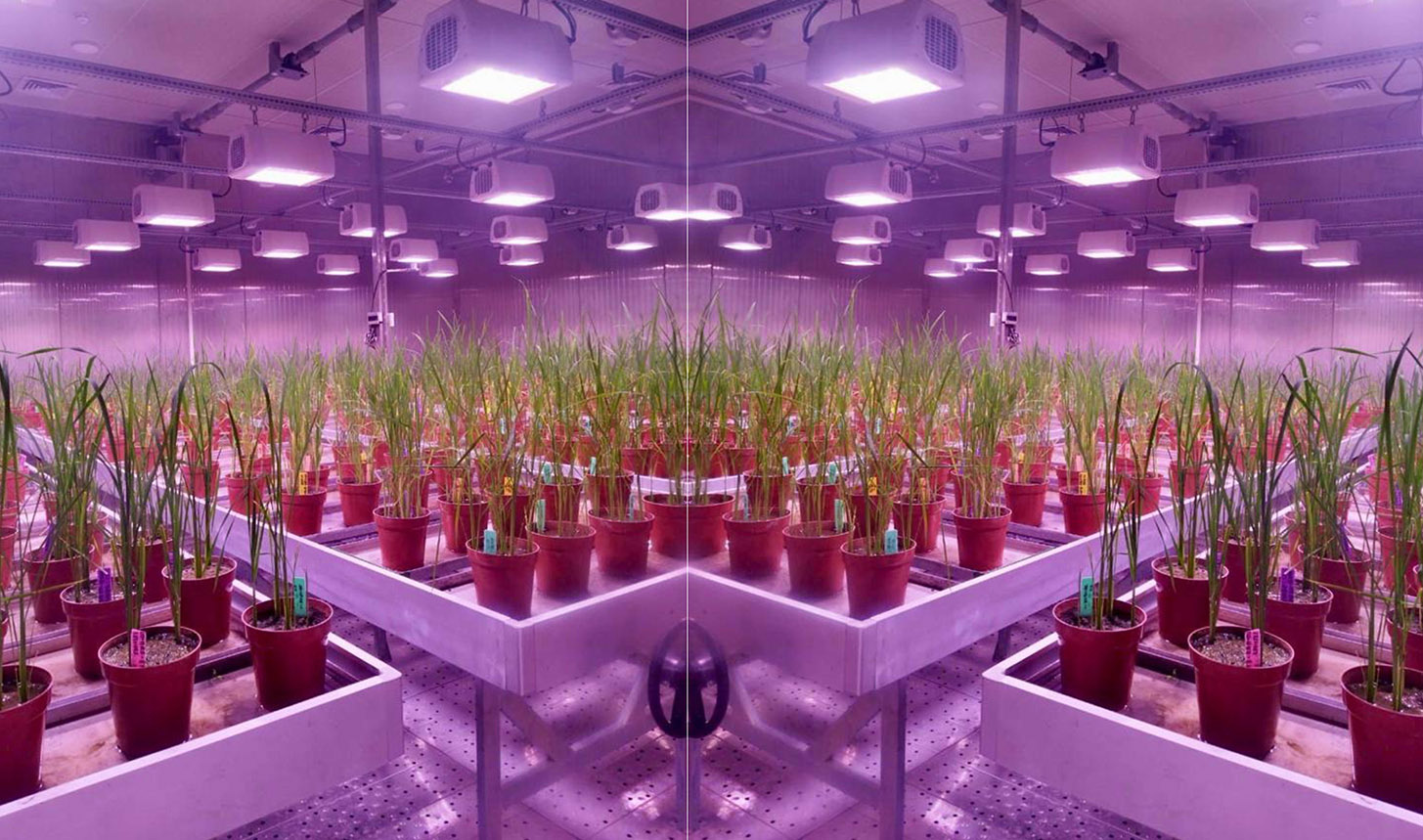School of Speed Breeding (SoSB)
How Speed Breeding is changing the Seed Industry
In farming, time is everything. Seed companies are required to give farmers better seeds every few years, seeds that grow faster, yield more, and survive changing climates. Developing better, faster-growing, climate-resilient seeds using traditional breeding can take 8 to 12 years. But with speed breeding, this timeline is cut dramatically. By accelerating the crop cycle under controlled conditions, breeders can deliver improved varieties in half the time, helping seed companies stay competitive, meet farmer demands sooner, and respond faster to changing climates.
Boosting Seed Company Success with Speed Breeding
- New Varieties, Faster
Speed breeding helps seed companies develop and release new seed varieties much more quickly. This allows them to stay ahead, respond quickly to farmer needs, and bring better-performing seeds to market sooner, making the company more efficient, reliable, and successful in a fast-changing agricultural landscape.
- Add More Good Traits Together
Speed breeding makes it easier and faster to combine important traits in new seed varieties, such as drought tolerance, disease resistance, and higher yield or oil content. Speed breeding allows more testing and selection in each year, so breeder can find the best combinations faster in population lines.
- Works with advance breeding techniques
Speed breeding fits perfectly with today’s advanced plant breeding tools like gene editing (such as CRISPR), marker-assisted selection, doubled haploid techniques, and digital trait tracking. When combined, these methods make the breeding process faster, more precise, and more efficient, helping seed companies develop high-quality varieties with greater accuracy and in less time.
- Better Use of Time and Resources
With speed breeding, breeders don’t have to wait for natural growing seasons, they can work all year round in controlled environments. This saves valuable time. As a result, more breeding work can be done in less space and time, making the entire process more efficient and cost-effective.
Proven Success: Speed Breeding in Action
Speed breeding is already working well for many crops. It has been successfully used in spring wheat, durum wheat, barley, chickpea, pea, and canola, helping produce up to six generations per year versus just two to three under conventional greenhouse conditions. Beyond these, researchers have applied speed breeding to soybean, rice, sorghum, millets, tomato, peanut, grass cowpea, and amaranthus, achieving four to six generations per year in controlled environments using speed breeding protocol. Breeders working on these crops report faster progress and better results in developing traits like yield, stress tolerance, and disease resistance.
Don’t Wait, Accelerate
Seed companies that want to grow fast, stay competitive, and serve farmers better should start using speed breeding now. It helps you get the job done quicker, cheaper, and more effectively.
Need Help Getting Started?
The School of Speed Breeding is here to help. We offer:
- Training programs
- Help with setting up speed breeding facilities
- Crop-specific protocols and guidance
Join our training sessions, attend a webinar, or plan your own speed breeding program with our expert support.
Contact us on
Mobile: +91-8130997511
Email: enquiry@iht.edu.in
Comments are closed.



